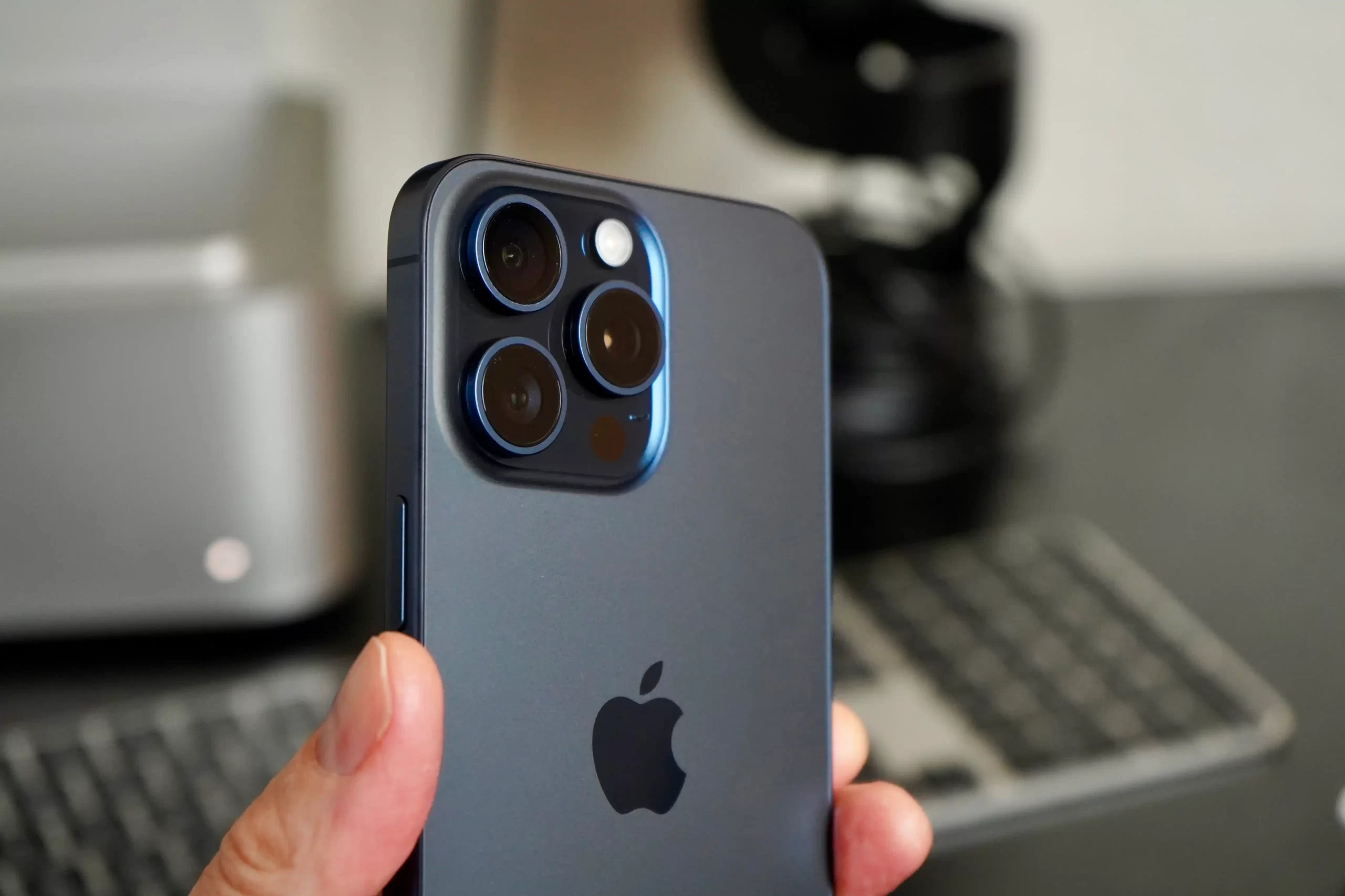Does anyone remember the good ripe year of 2015 when Snapdragon, the biggest smartphone SoC manufacturer created the Snapdragon 810? It had massive overheating issues which really got smartphone makers in quite a frenzy.
The Snapdragon 810 SoC has been shrouded in a lot of controversy ever since it was first announced. The chips has been plagued with overheating issues and accusations that it simply didn’t manage to shake. It seems that despite all of Qualcomm’s hard work, fixes and improvements, the beastly chipset still heats up under pressure, a fact that cost the company one of its biggest clients – Samsung, quite early on in the development cycle of the Galaxy S6 and S6 edge.
GSM Arena
Well, there are some rumors that the upcoming Galaxy S24 series of smartphones that are coming in early 2024 are going to experience a bit more thermal throttling as a result of the S24 series looking to save a few bucks on each unit by reducing the size of the vapor chamber. This means the S24s might potentially be toastier than their predecessors.
Apple has also entered the chat. The recently announced iPhone 15s are also getting a bit too warm with reports claiming that the 15 Pro and 15 Pro Max are getting a bit too toasty in certain scenarios.
It’s not really a big issue for now. Most overheating reports claim that it is during the initial setup as well as backing up large files where they are feeling the temperature of their iPhone 15 shoot up. Some reports also claim that when they are on long calls north of 8 minutes, the phone’s temperature makes it uncomfortable to keep pressed against their ear.
Now to be fair, processes that demand a lot of power from the phone’s hardware will always get the phone warming up quite a bit. So running backups to the cloud or from your old device to your new one as well as long video calls or video recording and obviously gaming, will get your smartphone feeling a bit hot. On top of that, doing any or all of these things with the phone plugged in and charging will just amplify the situation.
Be that as it may, some iPhone users still feel that the levels to which the iPhone 15s are heating up are noticeably higher than what they have experienced before with previous generation iPhones. During the iPhone 15s launch event, Apple mentioned that the Pro and the Pro Max are using the shiny new A17 Pro chipsets which are the world’s first processors made on the most advanced 3nm process.
It’s a very impressive piece of engineering which also does not come cheap. With Apple trying to maintain the launch price of the iPhone 15s the same as the iPhone 14s, maybe they had to compromise the cooling like Samsung is reported to be looking into to keep costs down on its S24s.
It’s nowhere near as bad as 2015’s Snapdragon 810s
The Snapdragon 810 fiasco was hectic and unsettled the smartphone industry in a very big way. Some manufacturers settled for slower Snapdragon 808 processors instead of the 810. This in turn meant that these smartphones had slightly less performance compared to those running the toasty 810. The biggest casualty being LG in their flagship G4 smartphone. RIP to LG.
Most other manufacturers decided to brave it out and use the overheating 810. Some managed to get above the overheating issue by switching to metal frames and bigger cooling pipes to compensate for the higher-than-normal temps. Smartphones like the Sony Xperia Z5 and the ZTE Axon Pro used this processor as it was.
I owned all 3 phones, the LG, the Sony, and the ZTE and I can confirm that Sony was incredibly sensitive to hot weather compared to the other 2. The notification that the phone was overheating was one I got on almost a daily basis. The ZTE would get warm but never to a point where it overheated and cried about it.
Smartphone design Google, Android 11 feature
Samsung had already been employing a strategy of having an in-house Exynos chip running parallel to the flagship chipset from Snapdragon. It worked in their favor because they simply decided to launch the Galaxy S6 with the Exynos chipset exclusively. Of course, it was down by a few percentage points on performance but on sustained loads, it could maintain higher performance than the SD810.
Then we have Apple and Huawei, the only companies whose flagship devices did not rely on Snapdragon CPUs at all. So whilst the drama was unfolding everywhere else, Huawei and Apple were observing from the sidelines and mopping up any market share that Snapdragon-dependent smartphones were losing.-techzim

